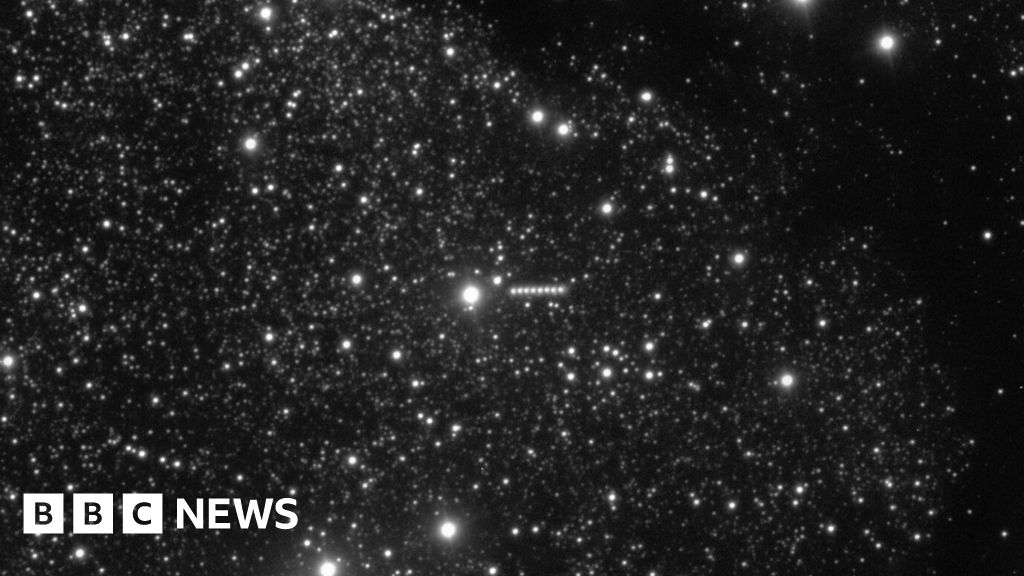[ad_1]

A new study published in Nature Astronomy, led by Dr. Jie Yu, from the Australian National University, reveals that stars in close binary systems—pairs of stars orbiting each other at close range—can exhibit unexpectedly high levels of magnetic activity.
This activity, responsible for flares, sunspots, and other energetic outbursts, is usually powered by the star’s rotation. For single stars, surface magnetic activity increases with stellar rotation rate, but only up to a known limit, beyond which activity saturates.
Using data from China’s LAMOST telescope and Europe’s Gaia space observatory, Dr. Yu’s team found that close binary stars break this rule. Instead of leveling off, many of these stars show even stronger magnetic activity. And in the most extreme cases—where stars spin especially fast (orbital period < 0.5 days)—the activity curiously begins to decline, a phenomenon known as supersaturation.
The findings suggest that tidal forces between closely orbiting stars can amplify or reshape their magnetic behavior. Understanding these effects offers new insight into stellar evolution and the magnetic environments that surround stars—an important factor in determining the habitability of exoplanets.
More information:
Jie Yu et al, Enhanced magnetic activity in rapidly rotating binary stars, Nature Astronomy (2025). DOI: 10.1038/s41550-025-02562-2
Citation:
Pairs of stars that orbit each other exhibit unexpected magnetic activity (2025, May 23)
retrieved 24 May 2025
from
This document is subject to copyright. Apart from any fair dealing for the purpose of private study or research, no
part may be reproduced without the written permission. The content is provided for information purposes only.
[ad_2]
Source link



















